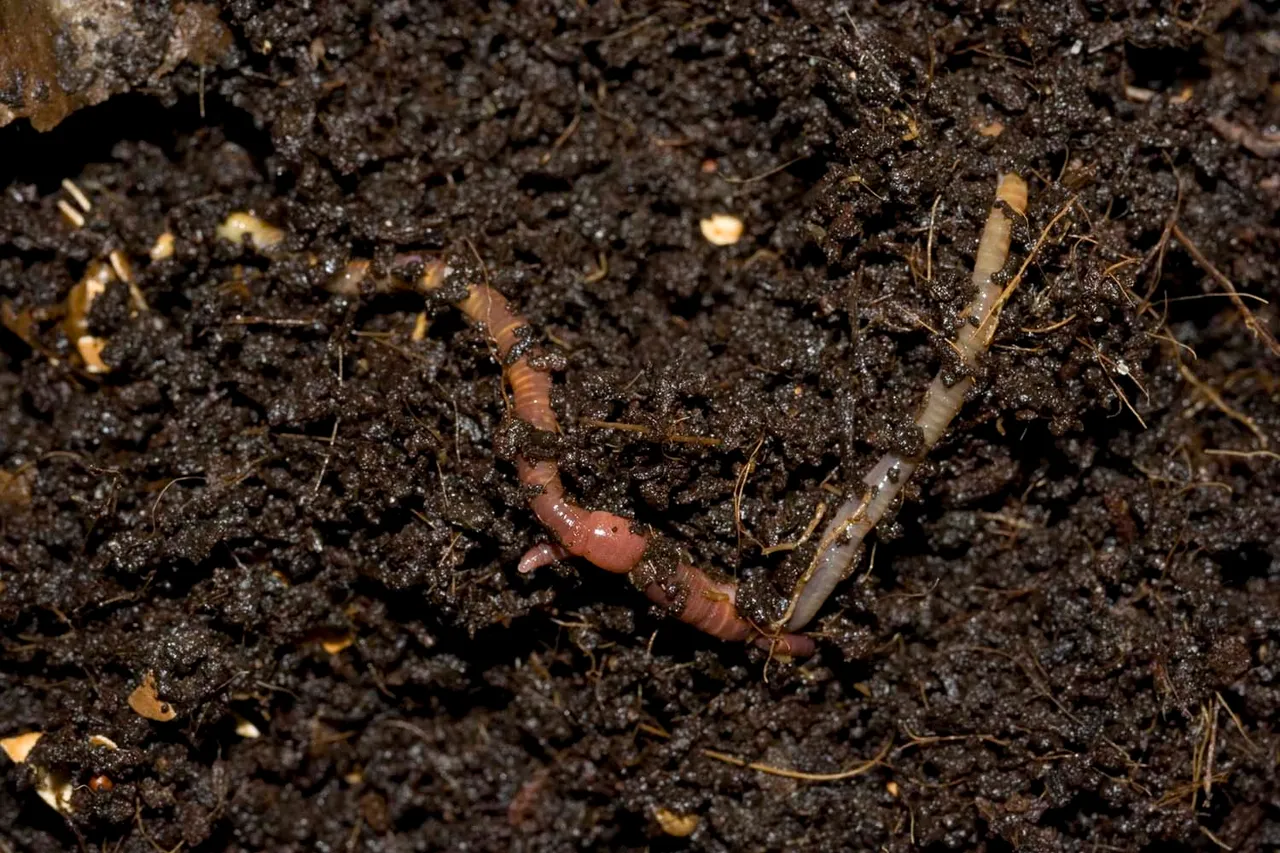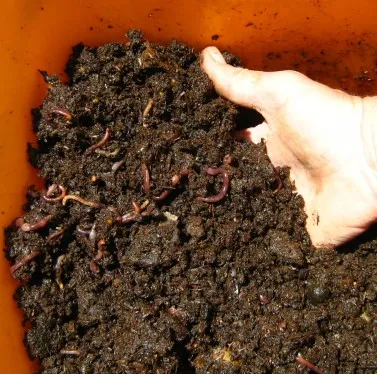Generally in fertilization programs, substrates such as worm humus, bovine manure, cachaza and sand are used to evaluate seed germination. Of the four substrates, the highest germination percentage occurred with worm humus with 90%, followed by bovine manure with 85% and cachaza with 35%.



▶ While with the sand substrate the percentages are relatively low. The plants with the worm humus treatment showed better root conformation than with the rest of the substrates.

▶ Credits: carolinacompost – [Image of Public Domain]
≕ I invite you to stay tuned and read my next contribution ≔
In the studies carried out at the Universidad Nacional Experimental Sur del Lago, the development of ten clones of Musa sp (Hartón, manzano, topocho, fhia-21, gran enano, cobrero, resplandor, titiaro, cambur morado and cavendish) was evaluated under two light intensities (50 and 30%) and three corm weights between 100 and 900 grams.
The results of the study indicate that the plants that were subjected to low light intensity showed a smaller circumference pseudostem and taller plants than those subjected to higher light intensity; leaf emission was not affected by the different light intensities.

In a test at the National University of Colombia with different concentrations of tetrazolium chloride and various times of exposure of the seeds to different temperatures, they evaluated the relationship of viability with normal, abnormal and non-germinated seedlings and with the sowing of structures with intentional lesions to determine their viability. This test showed that 1% tetrazolium solution for 1 hour at 40 oC was sufficient to achieve staining in the essential structures of the C. officinalis embryo.
NOTE: Reference material.